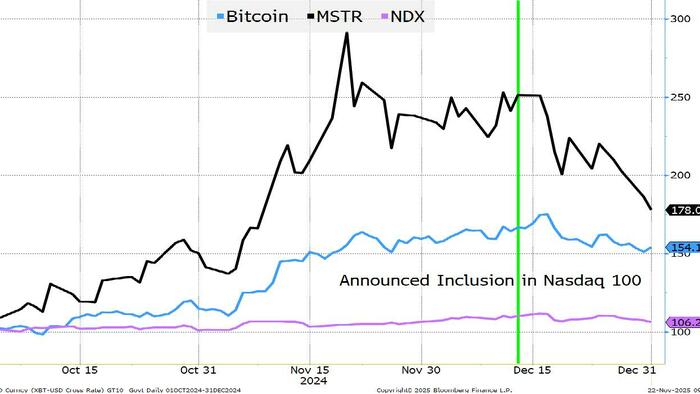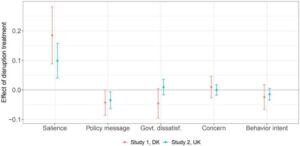
Recent market fluctuations have raised questions about the future of financial strategies, particularly the concept of “free” money. Over the weekend, Peter Tchir of Academy Securities reported that the Nasdaq 100 led a downward trend, falling more than 3%, while the S&P 500 decreased by 2%. This movement reflects a significant rotation in the market, with the S&P 500 Equal Weight index showing a milder decline of 0.9%.
The discussion around “free” money has gained traction as companies previously benefited from announcing significant spending increases. For instance, if a company announces a $10 billion investment and its stock price rises by $15 billion, it creates a perception of generating “free” money. This was particularly evident in sectors like artificial intelligence and data centers, where merely announcing spending was once enough to boost stock prices. However, this trend seems to be waning, leading analysts to contemplate whether companies will scale back investments and how this will affect their stock valuations.
In the realm of cryptocurrency, particularly Digital Asset Treasury Companies (DATCo), the situation is similarly complex. Companies like MicroStrategy (MSTR) have historically traded at a premium relative to their crypto holdings, which allowed them to raise funds effectively. However, as these companies now trade closer to their net asset values, the ability to generate “free” money through spending announcements appears to be diminishing.
Impact of Passive Investing on Market Dynamics
The rise of passive investing strategies has led to concerns about their impact on market valuations. As passive investment flows increase, they can distort asset prices, particularly in indices like the Nasdaq 100, which has a significant concentration in a handful of companies. This concentration raises questions about whether such investments are truly passive when investors are strategically allocating their capital.
The most successful DATs attract investors by providing access to unique opportunities and returns that may not be readily available elsewhere. While access to crypto investments has become easier in the United States through companies like Coinbase, this remains a compelling factor internationally. With recent legislative changes, some ETFs may soon offer returns from staking cryptocurrencies, enhancing the appeal of DATs.
On October 10, 2024, Bitcoin experienced a sharp decline, dropping from approximately $122,000 to $105,000. This drop coincided with concerns that MSCI, a leading index provider, may reconsider the inclusion of DATs in its equity indices, a decision expected by January 15, 2025. The potential exclusion could have significant implications for the crypto market, as it may lead to forced selling and increased volatility.
Market Correlations and Future Outlook
The intersection of cryptocurrency and traditional equities has become increasingly pronounced. Bitcoin’s market capitalization has decreased from nearly $2.5 trillion to $1.85 trillion, signifying a substantial loss that could affect the broader economy. With the integration of crypto into mainstream investment portfolios, many investors find it challenging to maintain a clear separation between their crypto and stock holdings.
This complexity is exacerbated by the volatility seen across asset classes. As correlations increase between stocks and cryptocurrencies, any downturn in the crypto market could lead to liquidity pressures in the equities market. The Nasdaq 100 has shown reduced volatility, yet the VIX remains above 20, indicating persistent uncertainty.
Looking ahead, speculation surrounding the Federal Reserve’s monetary policy has intensified. Current predictions suggest there is a 63% chance of a rate cut at the upcoming December meeting, reflecting market concerns about inflation and economic growth. The recent volatility and potential slowdown in the AI and data center sectors could further influence the Fed’s decisions.
In conclusion, the landscape of investing is shifting. The era of “free” money appears to be coming to an end, and companies may need to adjust their spending strategies in response to market realities. With increasing correlations between cryptocurrencies and equities, investors must navigate a complex environment where traditional investment strategies may no longer suffice. As the year progresses, the implications of these changes will be closely watched by market participants.







